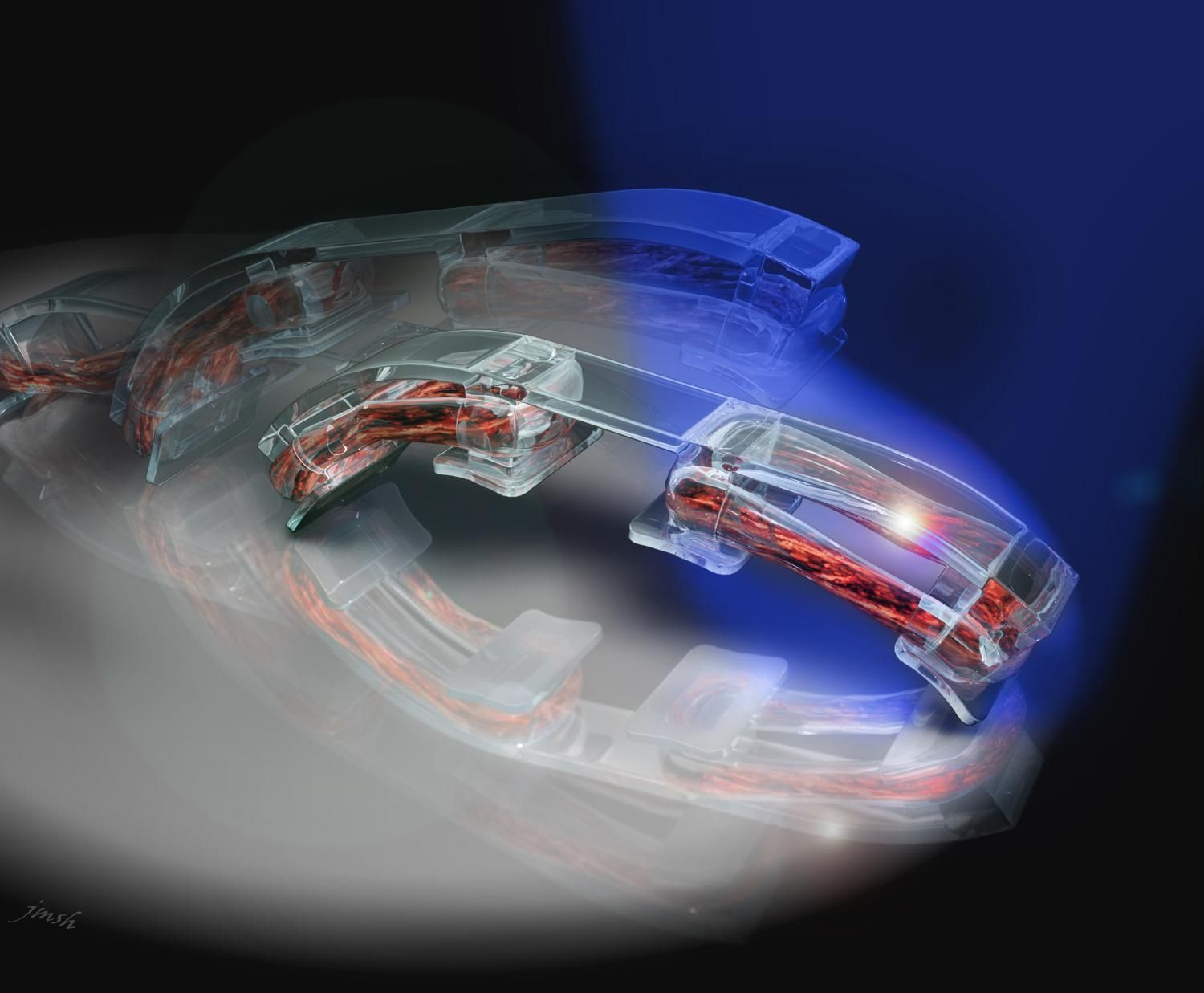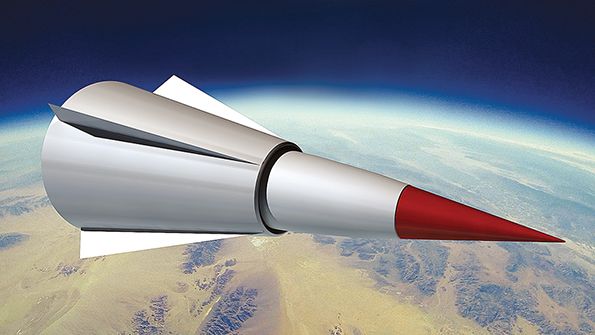
I believe we’re already doing this in other programs around SWARM Data Intelligence. Wish they would re-leverage other US Govt. programs and their work…
WASHINGTON. The Intelligence Advanced Research Projects Activity (IARPA), part of the Office of the Director of National Intelligence, has announced that it is embarking on a multiyear research effort to develop and test large-scale, structured collaboration methods to improve reasoning. If the project is successful, the Crowdsourcing Evidence, Argumentation, Thinking and Evaluation (known as “CREATE”) program will improve analysts’ and decisionmakers’ understanding of the evidence and assumptions that support or conflict with their conclusions.
The agency is confident that the knowledge gained through this project will improve its ability to provide accurate, timely, and well-supported analyses of the complex issues and questions facing the intelligence community.
Continue reading “IARPA launches crowdsourcing research effort” »

















